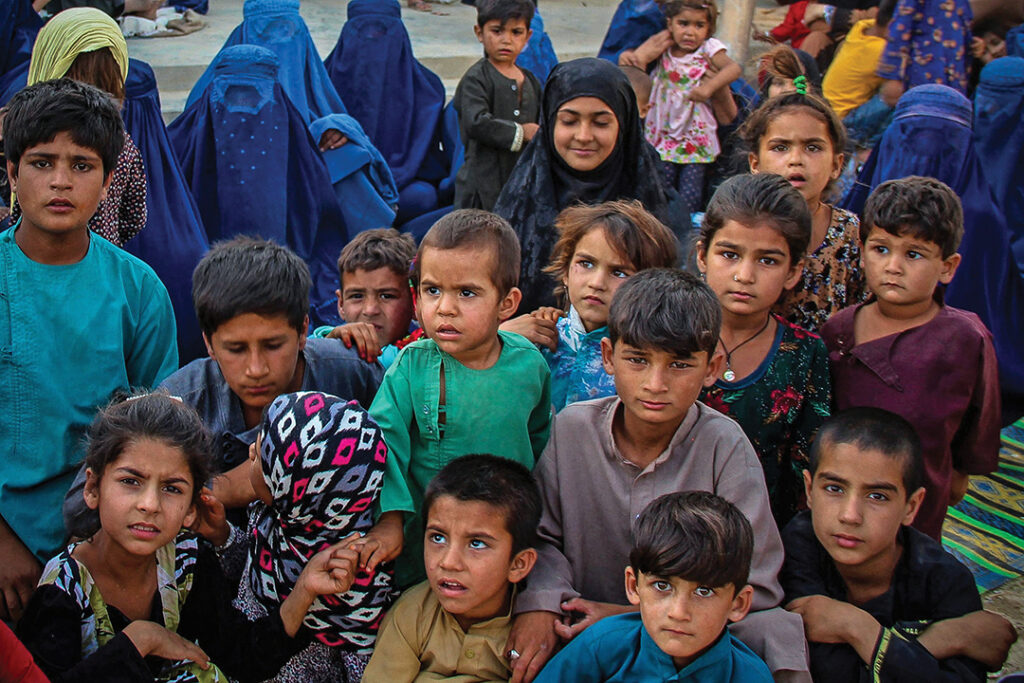The United National High Commissioner for Refugees (UNHCR) predicts a surge in refugees from Afghanistan that could flow into neighboring Central and South Asia nations. Violence following the withdrawal of coalition troops from Afghanistan has created hundreds of thousands of newly displaced Afghans.
Afghanistan’s regional neighbors would be among the hardest hit by instability in the country. Already, Pakistan hosts more than a million Afghan refugees, a number that could grow as frightened Afghans approach the border regions.
Displaced civilians, including an increasing number of women and children, have described their travails to the UNHCR and other agencies that focus on Afghanistan. Fighting, extortion, loss of livelihood and collapsing social services were cited as reasons for the flight.
The UNHCR vowed to help newly displaced Afghans with emergency shelter, food, health care and cash assistance. The United States has also devoted at least $100 million to help resettle vulnerable Afghans fearful of violence.
U.S. officials have requested that Uzbekistan, Kazakhstan and Tajikistan host thousands of those Afghans as they await visas to travel to the U.S. Tajikistan has offered to accommodate at least 100,000 Afghans should such a need arise.
In a sign that Uzbekistan has begun to grapple with a flow of Afghan refugees, the country erected a tent city near the border town of Termez in the summer of 2021. The camp is a short journey from the Friendship Bridge connecting Uzbekistan and Afghanistan.
“A failure to reach a peace agreement in Afghanistan and stem the current violence will lead to further displacement within the country, as well as to neighboring countries and beyond,” the U.N. refugee agency said in July 2021. Sources: UNHCR, Bloomberg, Eurasianet

